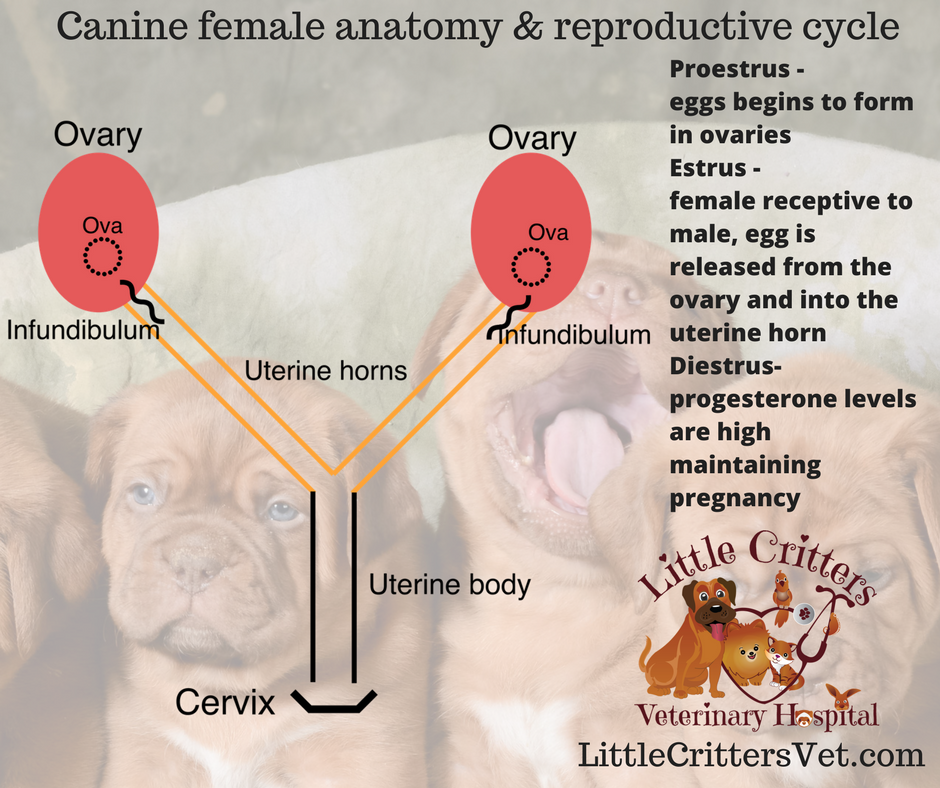|
Spaying and Neutering
Welcome to the Spay & Neuter page at Little Critters Veterinary Hospital in Gilbert, AZ, where our primary focus is on maintaining the long-term health and wellness of your pet animals. Our dedicated team is committed to educating and assisting pet owners in understanding the health benefits of spaying and neutering. This page is specifically tailored to highlight how these procedures not only contribute to controlling pet overpopulation but also play a vital role in preventing various health issues and extending the lifespan of your pets.
By choosing to spay or neuter your pet, you are taking a proactive step towards preventing diseases such as uterine infections, breast tumors, testicular cancer, and prostate problems. These procedures can also contribute to better behavioral health in pets, reducing tendencies such as roaming, aggression, and marking. Our hospital employs the latest surgical techniques and provides comprehensive care to ensure the safety and comfort of your pets throughout the process.
We invite you to explore this page to gain a deeper understanding of how spaying and neutering are not just responsible choices, but integral ones for the lifelong health and happiness of your beloved pets.

Terminology: We commonly call an ovariohysterectomy a spay and a castration a neuter.
PROCEDURE
During a spay, an abdominal incision is made allowing access to the ovaries and uterus which are both removed. Recovery time is about 2 weeks during which the dog should be kept quiet and prevented from running or jumping. During a neuter the testicles are externalized though the skin and just above the scrotal sac. The testicles are then ligated over the spermatic cord and removed from the body. Again, recovery time is about 2 weeks for actual healing, but the dogs usually act normal within a few days.
WHY Alter your Pet?
Believe it or not I still will occasionally have clients tell me that they don’t intend to alter their pet’s reproductive status because they think it is good for the children to witness the birth. The reasons are endless, but the end results remains the same – thousands of unwanted animals left to be put to sleep in shelters. Owners typically believe that they will find good homes for all the pups so this reasoning doesn’t apply to them. However, many puppies end up in shelters shortly after that new owner takes them home. Reasons such as behavior problems (AKA lack of training), and housing or apartment limitations are commonly given to shelters when the pups are abandoned. So, the most important reason for altering pet dogs is to decrease the many euthanasias taking place in shelters across the United States on a daily basis.
Still, there are many other reasons to alter your pet and many of these reasons are directly related to the current or future health of our pet.
For Females: Just a few of the concerns…
- Mammary Cancer -It has been shown that female dogs spayed prior to their first heat will have almost no incidence of mammary (breast) cancer later in life. This is because by spaying your dog you are eliminating the estrogen hormonal surge that occurs with each heat cycle. Studies have also shown that dogs spayed after their 3rd heat cycle are at a greater then 90% or better risk of developing this cancer. Therefore, by spaying your pet early you will be able to prevent this type of cancer.
- Pyometra: Intact female dogs are at risk of developing a potentially life threatening uterus infection called pyometra. If not caught this infection can make the dog extremely ill and can result in death.
- Dystocia: Pregnancy will commonly result in problems during parturition or the act of giving birth. Any type of dog can develop dystocia (stuck puppy). Dystocia often requires the mother to undergo a surgical procedure to remove the puppies (many of whom die) called a caesarian section.
- Prevention of the estrus cycle. Intact females will cycle about every 6 months and this will result in vaginal bleeding for 2-3 weeks and unwanted attention from the boys.
For Males: just a few…
- Trauma – In my mind the most important reason of all! Intact male dogs are the number one trauma victim. They not only end up in dog fights, but they nose their way into trouble by escaping the house or jumping fences in the hunt for a girl. Unfortunately, many of these wanders end up hit by a car or impounded into a shelter.
- Behavior: Intact male dogs are more likely to be aggressive to others including both dogs and people. Additionally, they are more likely to exhibit such behavior as urine marking.
- Prostatic Disease including: Abscesses, Infection, Cysts – Occur only in intact males.
- Testicular cancer is eliminated
Please, if your dog is to be a pet there is NO valid reason NOT to neuter him or spay her.
Addendum:
This section was written several years ago and we try to learn and change as more information is available, and while the ultimate benefits of spaying and neutering remain, good evidence exists that for large breed dogs it is beneficial to wait to alter them until their skeleton is mature.
|